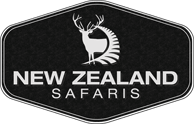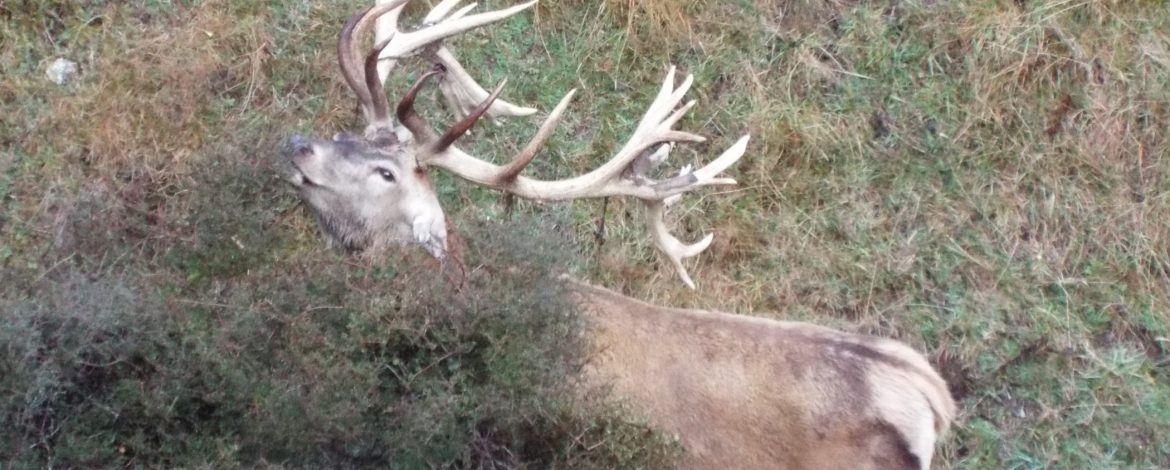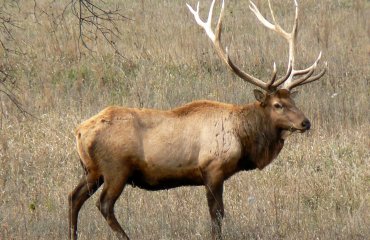Deer Hunting Free Range or Fair Chase in New Zealand
Hunting in New Zealand there are two experiences that can be combined or preferred, this comes in the form of free range or on fair chase Estates. It is important firstly that hunters understand how the system works in new Zealand, with there being for the larger part no legal season. This has over many years heavily impacted on the quality of the game in particular the deer species on government land, with the heavy culling that took place up until the early 90’s. Taking out many of the older dominant deer and over hunting has resulted in trophy heads from lesser males breeding to now be missing points, thin main beams and with Fallow Bucks small palmation.
Government land has seen this more so than private land in recent times with hunters taking young animals, and hunting deer over those summer months putting pressure on those good feed areas deer need to grow an exceptional trophy head. This has resulted in the rise in private land areas including game estates. Many of the larger farms or stations particularly in the South Island that have these wild game animals on their properties now restrict hunting to only professional guides where they will pay a trophy fee per animal. This gives a game animal a very high value to a framers income and thus becomes a form of management. The animals then get a chance to not only have access to quality feed, but also grow a lot older without the constant hunting pressure as the typical guiding season for professional guides is from late February-August.
The estates now have become the most popular for hunters, due to the management in place and exceptional deer genetics introduced into the hunting herds the males grow exceptionally larger antlers than that of the free range. Typically there is a 6ft boundary fence around the hunting area which contains most of these animals ensuring the quality of the herd, keeping out public hunters, and giving clients the option of looking over many high quality deer.





